Millennials are the largest, most educated, and most diverse generation to date: 58 percent are white, 21 percent are Hispanic, 14 percent are Black, and 6 percent identify as Asian/Pacific Islander. They’re also the most multiracial. The median age of multiracial Americans is 19, compared with 38 for single-race Americans.
Yet, America’s most open-minded generation isn’t the only one whose racial makeup is in a state of transformation. Since the Census Bureau first started allowing people to check multiple boxes for race in the year 2000, the number of Americans who self-identify as being of two or more races has doubled. America's multiracial population is growing at a rate three times faster than the overall population, according to a Pew Research Center study released this summer. The study also found that 60 percent of multiracial Americans are “proud of their heritage.”
Yet nearly as many—55 percent—have also admitted to being the subject of racial slurs or jokes. Nearly a quarter have expressed annoyance that people make assumptions about them based on their presumed ethnicity. Human beings are much more complicated than any checklist or survey could capture. What is it really like being multiracial in America today?
For Evan Waterman, a 35-year-old Miami-based DJ (aka DJ KingCut) who has a white father from Chicago and a mother from the Philippines, “proud” isn’t always the first word he’d choose to describe how he feels about his background. Though the percentage of adult Americans identifying as biracial white Asians has increased 87 percent since the year 2000, Waterman says that his light complexion and amber eyes leave people confused about how to perceive him. And that makes him a bit uncomfortable.
“I think being kind of racially ambiguous goes both ways in terms of hindrance and advantage… It has ... gotten me followed around stores. But that could also have been how I was dressed that day or something like that. There are indicators beyond race that people sometimes use to determine how they will treat people. I’m sure I’ve probably unconsciously slipped in and out of identities and have had the advantages of white privilege,” he says.
Uche Nchekwube, also in his thirties, can relate. Nchekwube is a realtor residing in California’s Bay area. His father is a black man born in Nigeria. His mother is a white woman born in Detroit. Nchekwube says he often feels more black than white. “If I was the only black kid in the class, that would be one thing. One time a kid told me that I don’t give enough acknowledgement to my white side. And the context was that he felt like I dressed black and I didn’t dress white, whatever that means. This was a Jewish kid wearing baggy jeans. I just took it as hypocritical and moved on,” says Nchekwube.
Meanwhile, Waterman says he doesn’t really align himself with either of his racial identities. “As corny as it sounds, I identify most with the culture of being a hip hop head. But then with that, there comes again that point of pride, because there are a number of top DJs who are Filipino. DJ Qbert is one of the best to ever do it, and there’s Neil Armstrong, Jay-Z’s tour DJ. We’re out there. We’re not the stars of hip hop, but we’re out there,” he notes.
Waterman adds that he has felt embarrassment from both sides of his parentage. “The white side, has so much ... that it is responsible for. There was also a time when I was a kid, I was embarrassed to have people over to my house because my mom would make Filipino dishes that I knew other kids would find weird,” explained Waterman.
Nchekwube and Waterman are adults, navigating a new racial space. But the data shows that there are plenty of babies being born who’ve never known anything else. Between 1970 and 2013, the percentage of multiracial babies has increased from 1 percent of the infant population to 10 percent. What is it like for kids growing up in this incredibly diverse era?
Amanda Corsetti, a white American living outside of Washington D.C., is raising a multiracial son who is nearly 5 years old. The boy’s father is Jamaican with Syrian and Chinese parentage. The result? A boy with skin Corsetti describes as “brownish.” His thick hair does occasionally draw scrutiny, she says—though her son has yet to weigh in on the matter.
“The kids at camp were treating him like some kind of unicorn... I asked him what he thought he was and he said ‘white.’ He thought about it and said that I’m white and Daddy is brown, so maybe he’s both. But then he said that he has hair and eyes like mine, so he’s white,” says Corsetti, a Millennial employed as a foreign liaison officer.
As a white mom of a multiracial child, Corsetti is open to the fact that she doesn’t have all the answers. “I’d like to tell him not to think about race/color, but I know that’s naïve, and honestly, I’ve never had to deal with these issues myself, so this is a learning process,” she says.
Still, Corsetti hopes her son will be counted among the growing percentage of proud multiracial adults. A song with the refrain, “Say it loud, I’m multiracial and proud,” may not have the same ring to it as a certain 1968 hit from James Brown. But it would definitely be a sign of positive progress for everyone.
Illustration by Brian Hurst





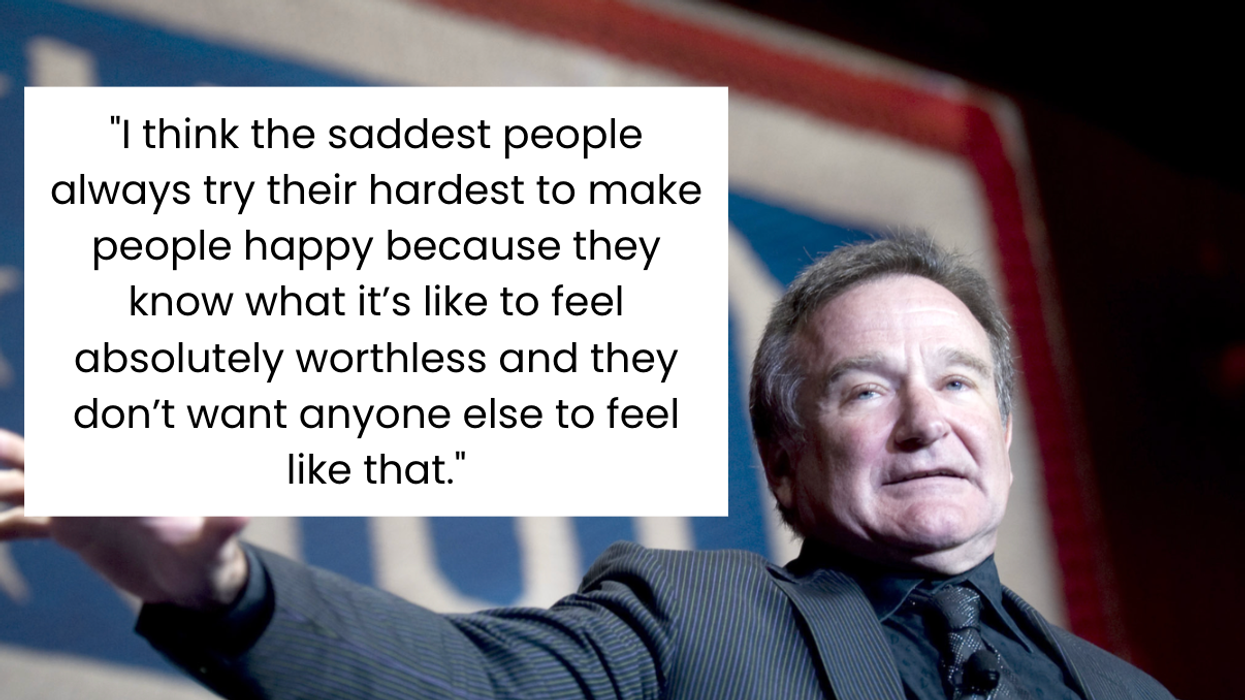

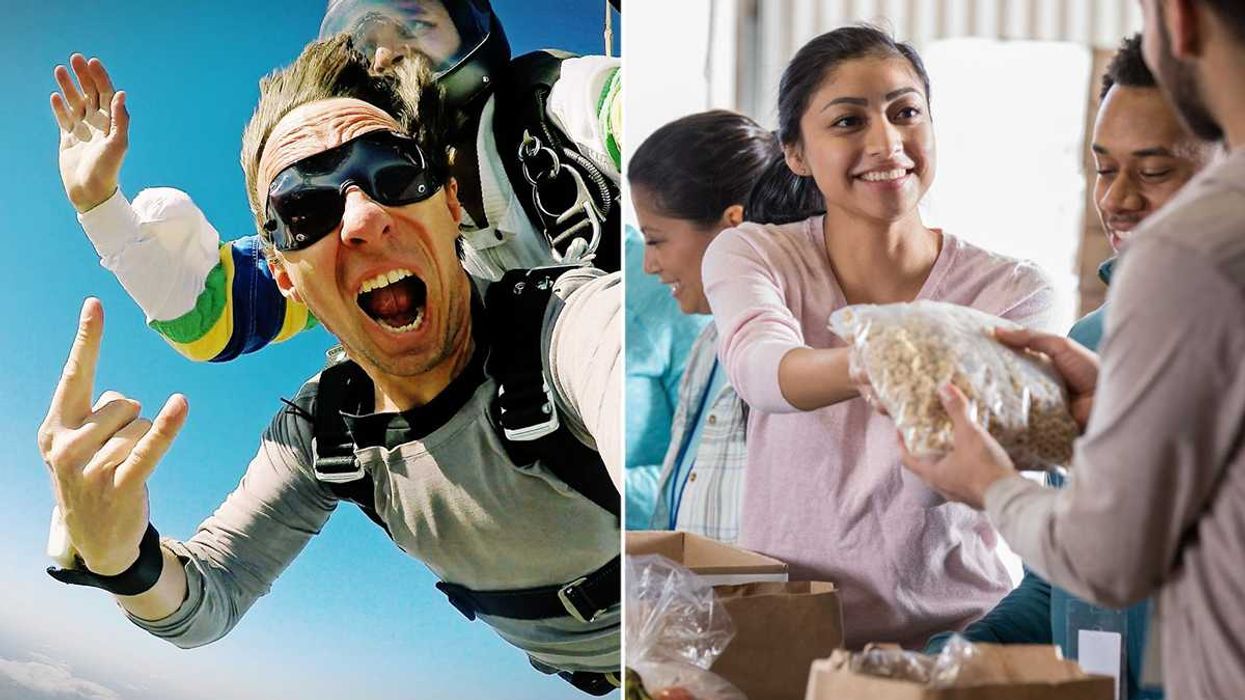
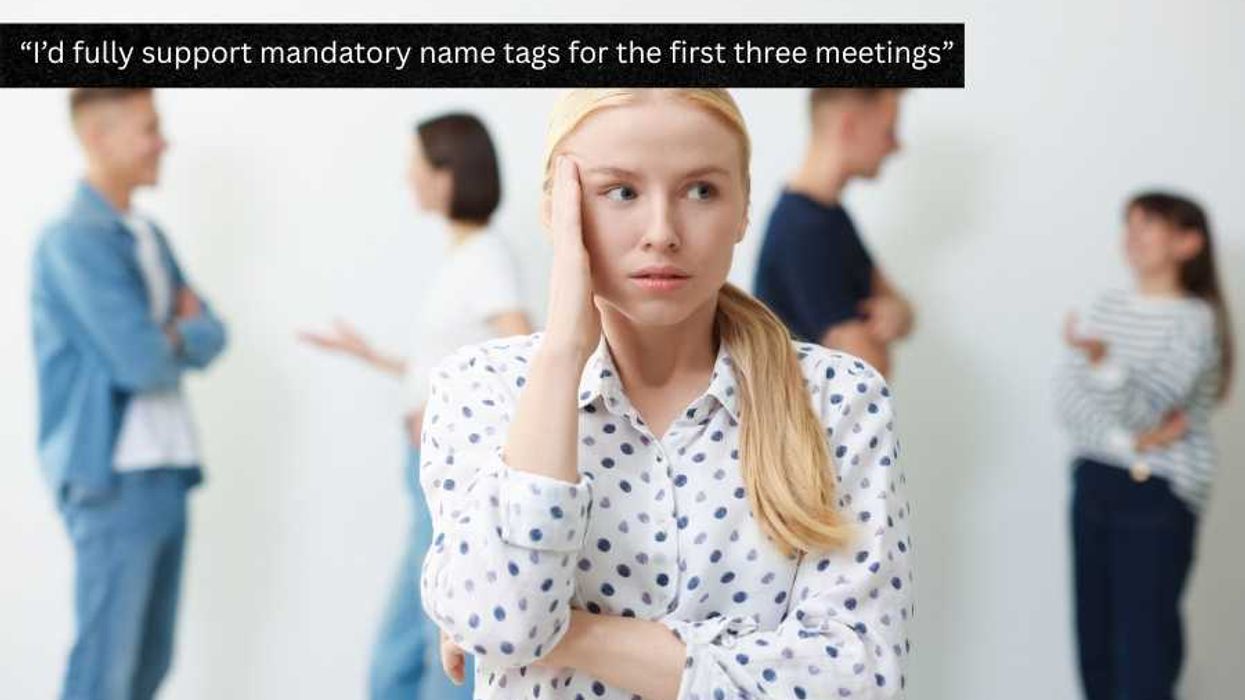
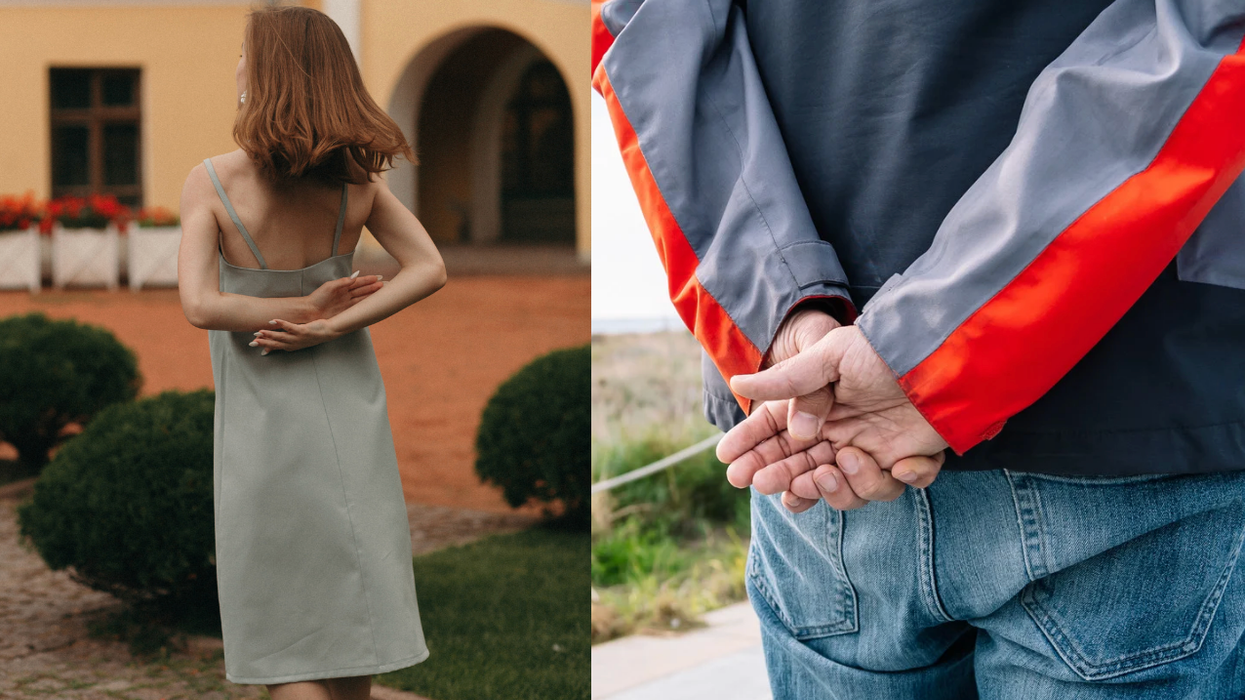
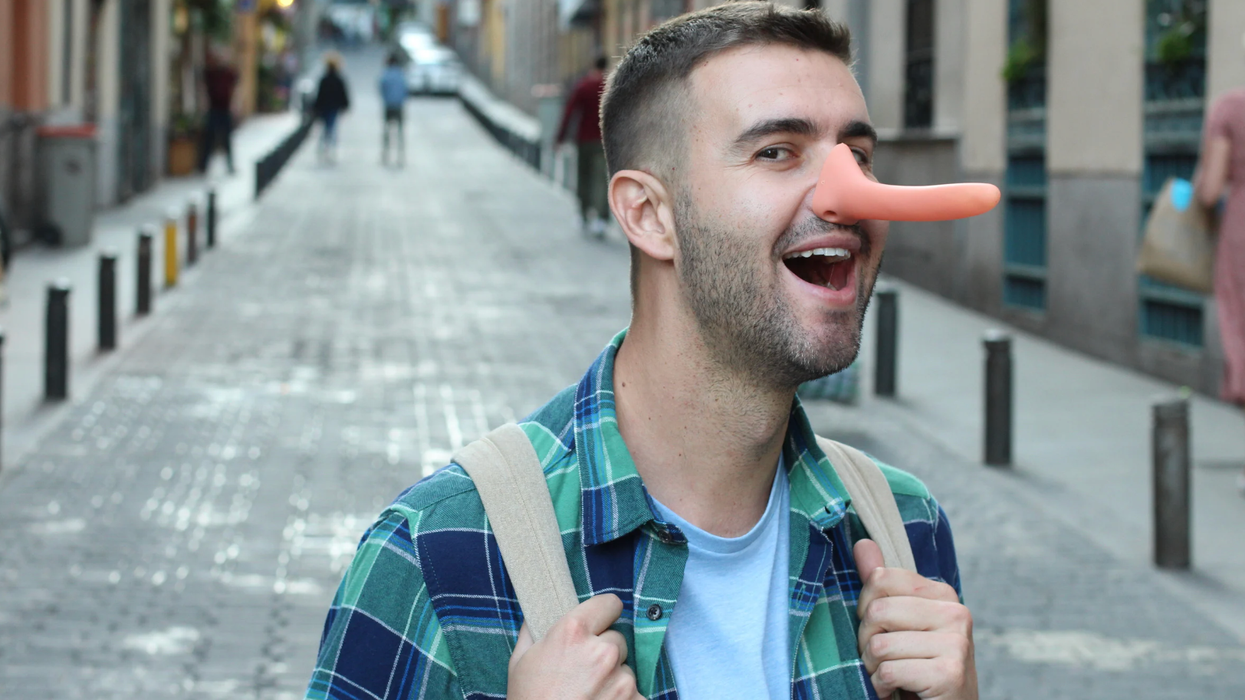
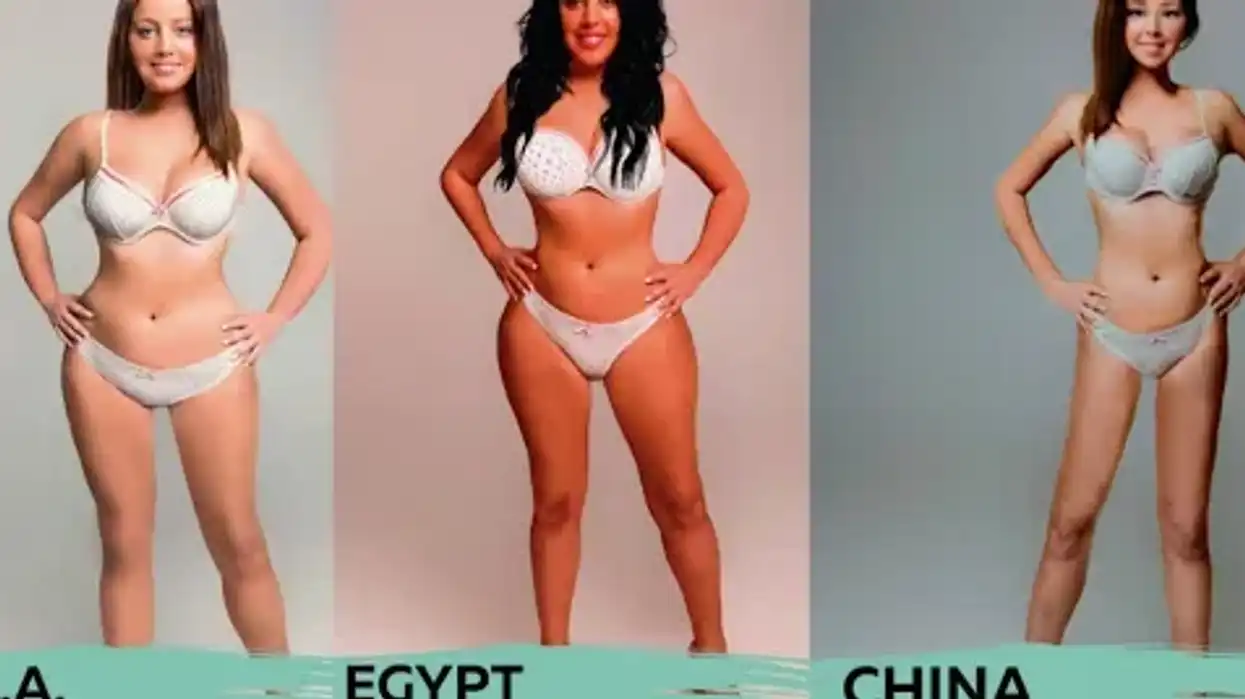
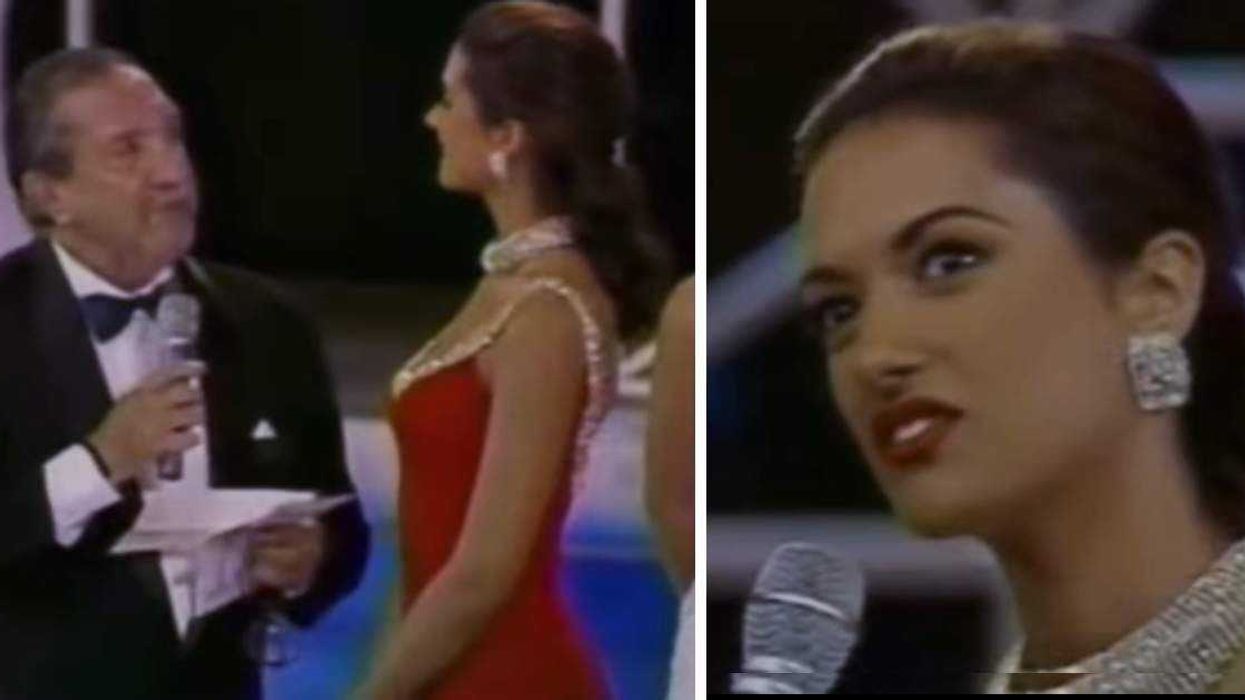
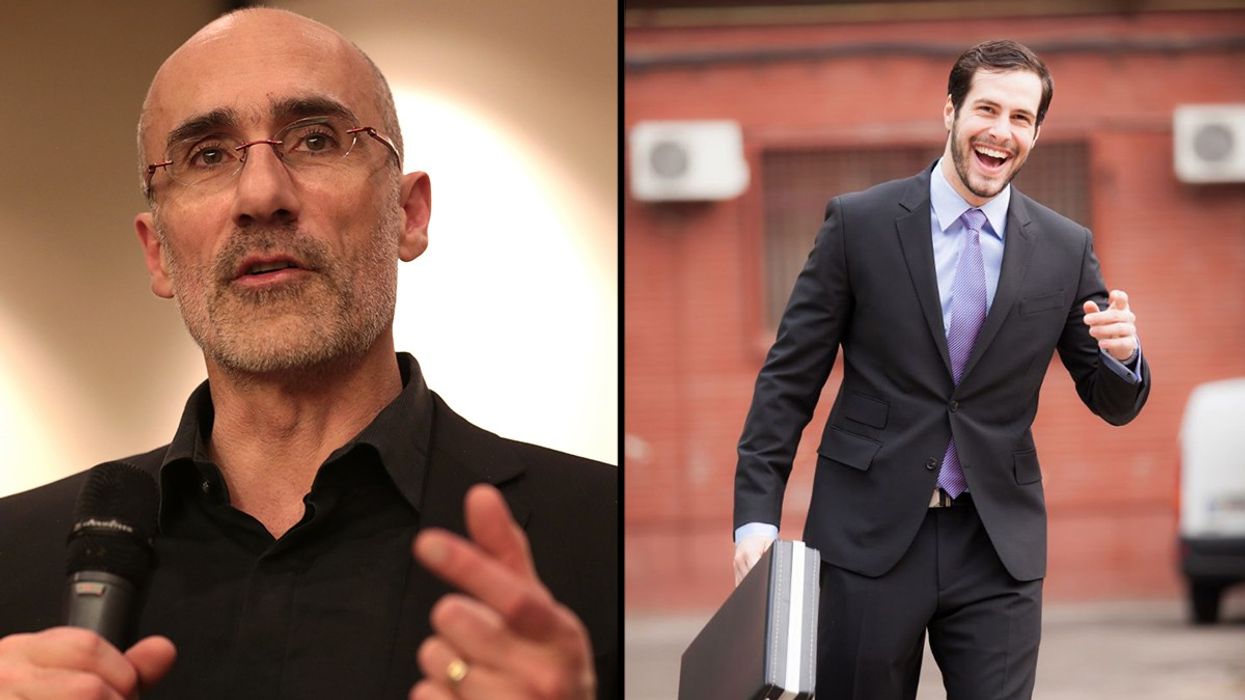

 Otis knew before they did.
Otis knew before they did.